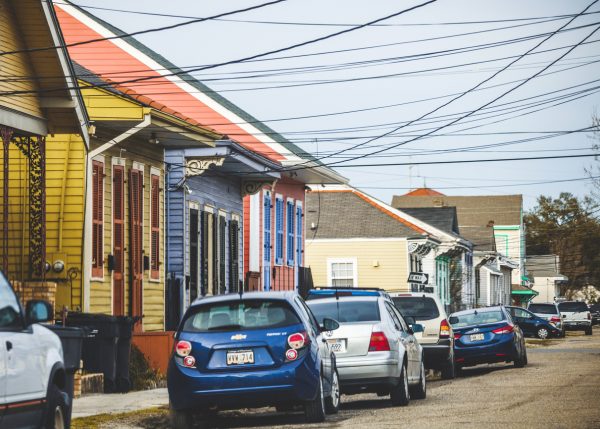Impact of Education Policies on Neighborhood Stability

Since 2012, Equity in All Places has focused on education as a crucial tool to achieving health equity. In 2016, Equity in All Places released an update to their 2014 Community Health and Equity Report on Education Policies with a focus on race and equity and the relationship between education and neighborhood environments. The updated policy report discusses eight high-risk neighborhoods which were previously identified by the New Orleans Health Department and the Community Risk Index. It highlights the social impact of education reform on neighborhoods and examines the performance of schools, their suspension rates and the stability of schools and student populations in these vulnerable communities.
The findings from this updated data show the need for more investment in high-risk neighborhoods. As it stands, there are no high performing schools within these eight neighborhoods and the schools that are present struggle to retain the highly transient student populations. Social implications, including race and equity, also warrant stronger efforts to build connections between the neighborhoods where schools are located and the schools themselves.
LPHI and the Healthy Communities team are committed to promoting equity in all practices and policies. Equitably addressing the social determinants of health, including education, housing and safety among other social issues ensures that all communities have the opportunity to thrive and live healthy lives. Knowing that these neighborhoods already face lower life expectancy, lower educational attainment and greater health disparities, Equity in All Places reminds us of the far-reaching implications of educational policies and neighborhood investment, especially when certain areas are left behind. The Healthy Communities team is dedicated to promoting place-based policies that support safe, healthy and equitable communities.



